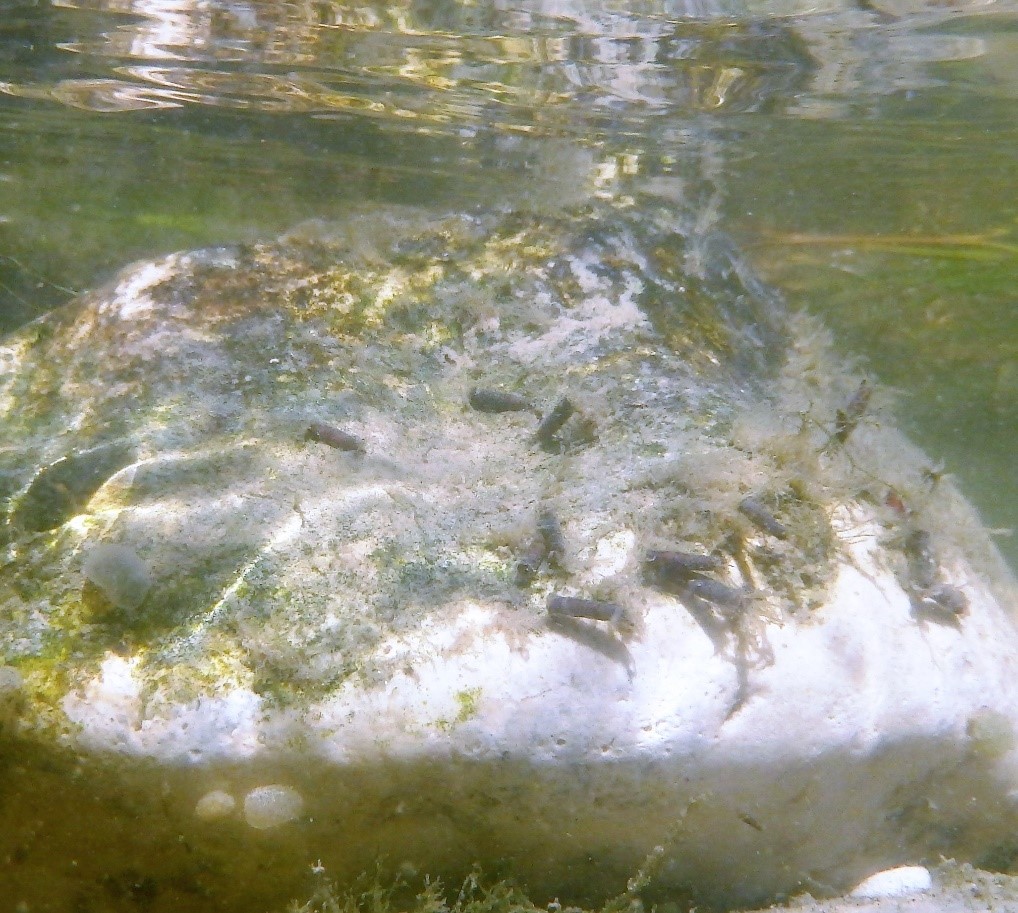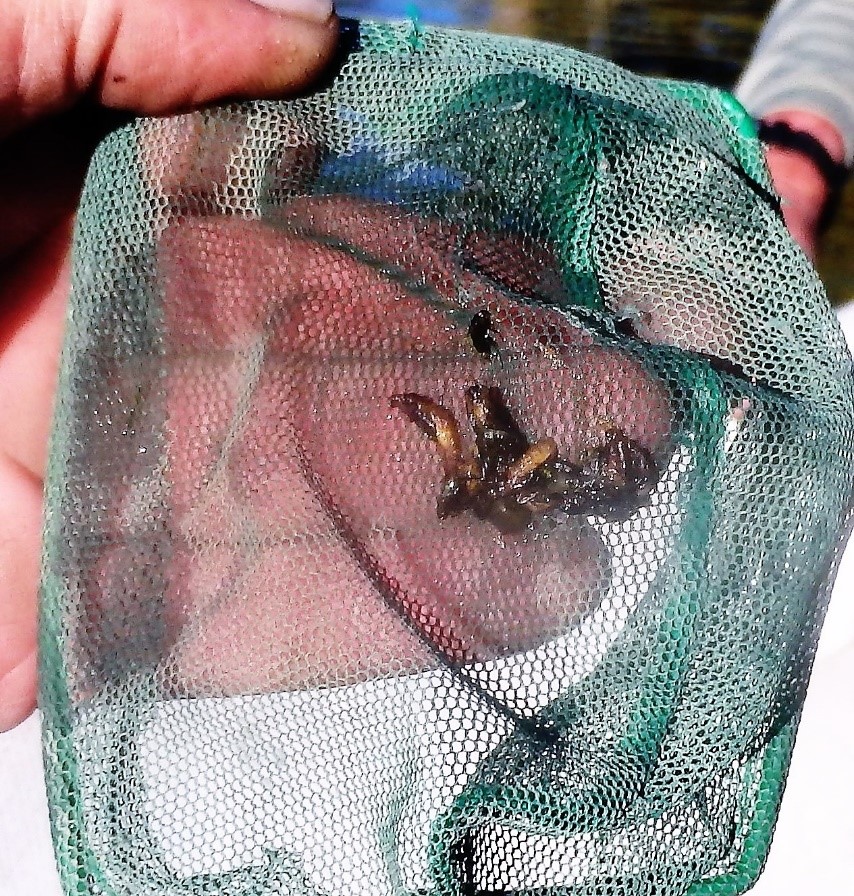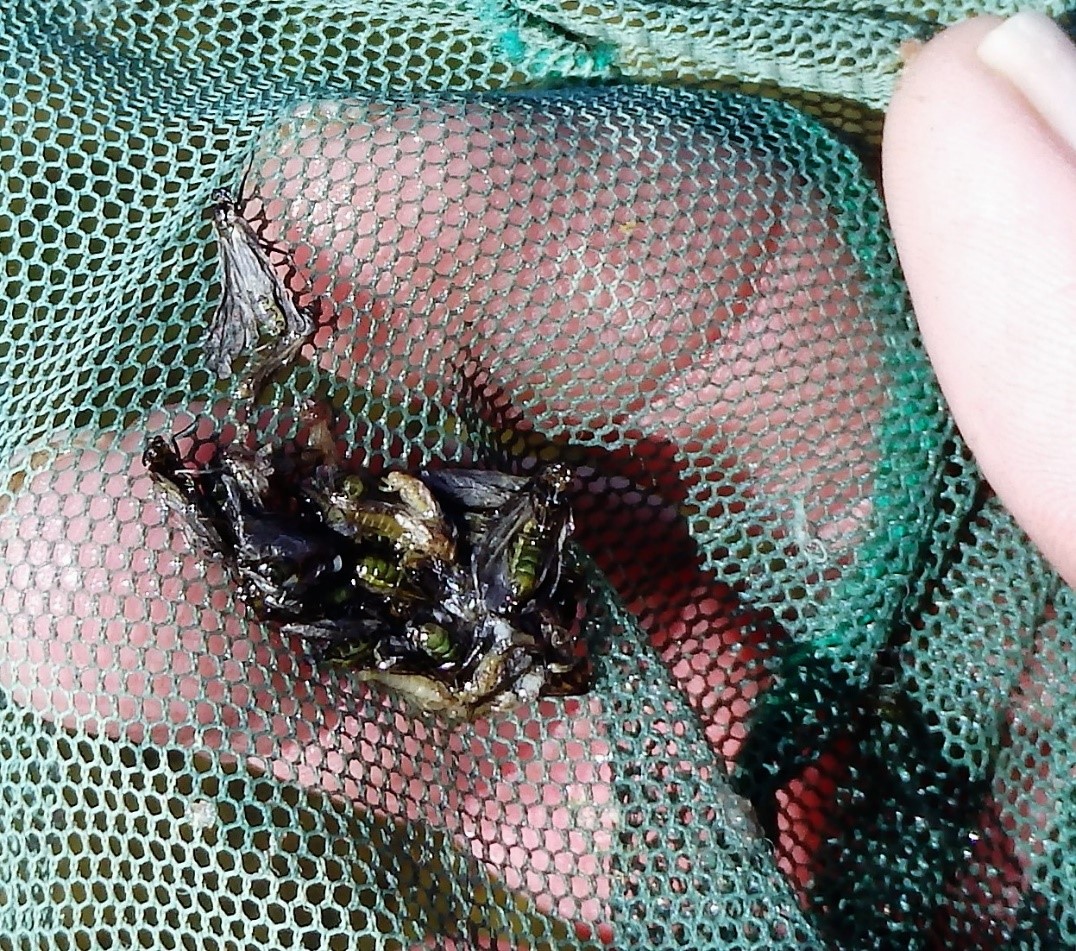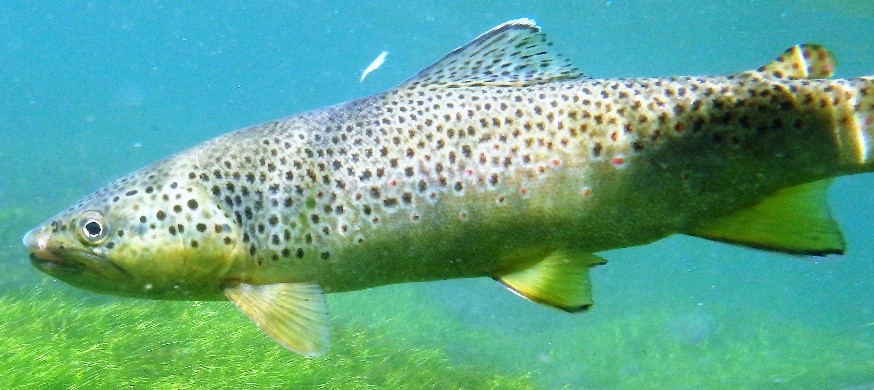CADDIS FROM THE BOTTOM TO THE TOP
Caddisflies often cause anglers a great deal of frustration especially when attempting to imitate the emerging pupa and when the adults are on the water. It is interesting that caddisflies are ancient insects dating back 230 million years to the Triassic time period.
Caddisflies belong to the Order: Trichoptera and are related to the Order: Lelpidoptera (Moths and Butterflies) Which have scales, whereas Caddisflies has “hairs” hence the word Trichos and peteron which means wing.
There is hardly a body of water that contains trout that doesn’t also contain caddisflies. These insects are found across the country and around the world, and there are approximately 14,500 species world-wide with roughly 1,200 species found in North America, and new species are still being identified on a yearly basis.
Caddisflies goes through a complete metamorphosis, which means going through egg, larvae, pupa, transitional pupa and adult. Caddisflies do have mouthparts which allows them to take in moisture and they live as adults approximately thirty days.
Many of the popular caddis hatches are well documented, which makes identification a lot easier for the angler. There are three major types of caddis larvae, case caddis, net-spinners and free living, of the three the various types of case caddis are the most common, followed by the free-living larvae.
There are three Super-families of Caddis which covers the bulk of the Caddis found in trout waters. You do not have to become an Aquatic Entomologist and speak in Latin, however you should become familiar with the major species of caddis that inhabit the water you fish and become familiar with the approximate hatching times, this information will increase your ability to take more trout when combine with careful observation.
Super-family: Hydropsychoidea
Family is made up of net-spinners and fixed retreat forms.
Super-family: Rhyacophiloidea
Family is made up of free-living species
Super-family: Limnephiloidea
Family is made up of Tube Case Maker and 11 other families including
Brachycentridae

Case Caddis on a rock in the river
Caddis Larvae as a trout food:
For the waters which support decent caddis populations, contains two major forms of caddis larvae, those being the case caddis and the free-living caddis larvae, generally the net-spinners are hidden under the rocks and tucked into crevices along the bottom and are seldom available to the trout.
Historically it took a long time for anglers to be aware of the importance of case caddis or free-living caddis larvae as an important food form for the trout.
It took the work of Larry Solomon, Eric Leiser, Ernest Schwiebert, Leonard Wright, Gary La Fontaine and Thomas Ames Jr, a body of combined works which covers a time period from 1972 to 2009. I would be remiss if I didn’t mention the strong contributions offered by Rene Harrop with his insightful observations and innovative imitations.
Yet, still caddis nymph imitations are not heavily fished, some anglers have not educated themselves as to the effectiveness of both case caddis and free-living caddis larvae and the second reason is our love of the dry fly!
In 1995 along with Rod Walinchus, I co-authored a volume entitled Fly Fishing the Yellowstone River, An Angler’s Guide and in that volume, I stated;
“The caddisfly spends the majority of its life as an aquatic insect. There are a few species that produce two generations per year, but for the most part one generation per year is the rule.” “The cased caddis larvae are some of the most abundant forms found in the waters of the Yellowstone. The cases are made from small pieces of debris—sand grains, gravel, leaves, grasses, bark, twigs – and will generally blend in very well with the surrounding habitat.” “The free-living caddis larvae are predators always on the move looking for a meal, thus becoming meals for the trout.”
In the weeks prior to the suspected emergence dates the angler can reap great benefits by bouncing a pair of case caddis or free-living caddis larvae along the bottom. Often the trout can be found foraging for the caddis larvae. At certain times of the year, studies have shown that these food forms can make up 45 to 51% of the trout’s daily intake of food.
Caddis Pupa as a Trout Food:
When you mention emerging caddis pupa, many anglers think of imitations that are presented in or just beneath the surface film. We know that these types of patterns can be very effective, at certain times. However, many anglers don’t full take advantage of the caddis emergence and miss out on some great fishing by failing to fish a caddis pupa imitation deep in the water column.
Once the Caddis Pupa begin to emerge they just don’t jet to the surface and emerge as an adult. They make their way to the surface slowly and in stages; like many insects they begin to move off the bottom, now it’s close observation of the angler which will determine the depth at which the imitation is fished, current speed and other factors must be considered.
As the caddis pupa get closer to the surface you must raise the imitation in the water column. As the pupa get closer to the surface the feeding is much more visible, however many anglers abandon the pupa imitation and switch to the dry fly and that is a mistake. I suggest switching to a dry caddis imitation with a pupa dropper, and you will find that the majority of the trout are caught on the pupa.
 Trout will gorge themselves on caddis pupa during a heavy emergence
Trout will gorge themselves on caddis pupa during a heavy emergence
There are many popular imitations which are effective during a caddis emergence, it is the angler’s job to observe what the trout are feeding and where in the water column the trout are feeding and determine the proper presentation to be successful.
However, I personally like to use wet/dry combinations and will often begin using a bead-head caddis pupa with a suitable dry imitation, as the trout rise in the water column I switch out the bead-head to a non-bead imitation, as the trout draw near to the surface film I often switch again to soft hackle type imitation.
 This sampling shows some pupa and newly emerged adult caddis
This sampling shows some pupa and newly emerged adult caddis
During a heavy caddis emergence there will be time period where the trout will feed on newly hatched adults and during this time period I personally use an adult with a soft hackle dropper fished dry. There are other patterns like the emergence La Fontaine Sparkle Caddis Pupa which are also very effective.
Dry fly caddis patterns like those designed by Rene Harrop are very effective, but as I have stated earlier, there are many patterns which are very effective, and everyone seems to have their own personal favorites.
I believe that it is during the egg-laying flights in the evening that caddis fishing can be the most difficult. Often anglers encounter clouds of caddis flying two feet or so above the water and the angler occasionally will see a splashy rise and is often frustrated with the lack of success and is constantly changing patterns.
Some caddis land on the water and deposit their eggs, however many species either dive into the water or land on the surface and swim beneath the surface to deposit their eggs, upon depositing their eggs, they then attempt to reach the surface and once again take flight.
However, the secret to solving the riddle, is for the angler to kneel down and observe what is actually going on and you will discover that the slashy rises are generally smaller trout being tempted by low flying adults, furthermore you will observe adults either diving into the water or landing on the water’s surface and swimming beneath to deposit their eggs. The you can select the proper wet/dry combination to use and will begin to take trout when others are being frustrated by the events of the moment. Fishing caddis fly emergences and egg-laying flight can be fun and exciting and the keys to being a successful caddis angler are few. Be observant and be willing to try new patterns and methods, furthermore, gain a knowledge of the caddis hatches and times of the hatches on the waters being fished.
 The trout always has the final word.
The trout always has the final word.
Enjoy & Good Fishin’
Tom Travis, Montana Fly Fishing Outfitter/Guide
